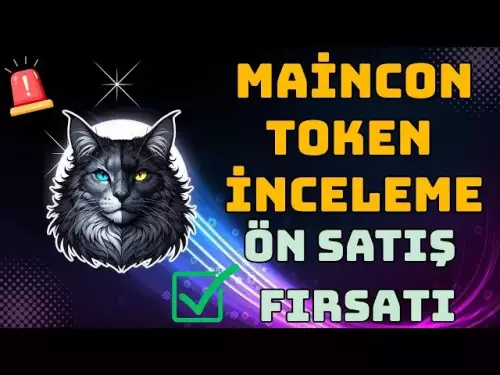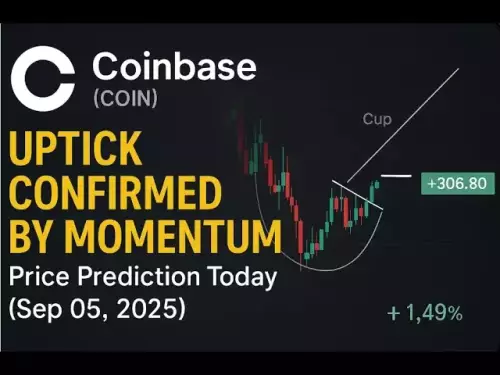-
 Bitcoin
Bitcoin $110700
-0.02% -
 Ethereum
Ethereum $4317
0.30% -
 Tether USDt
Tether USDt $0.0000
-0.01% -
 XRP
XRP $2.820
0.85% -
 BNB
BNB $850.1
0.65% -
 Solana
Solana $204.1
0.76% -
 USDC
USDC $0.9998
0.00% -
 Dogecoin
Dogecoin $0.2185
2.41% -
 TRON
TRON $0.3311
-1.13% -
 Cardano
Cardano $0.8337
2.94% -
 Hyperliquid
Hyperliquid $47.46
4.47% -
 Chainlink
Chainlink $22.38
0.19% -
 Ethena USDe
Ethena USDe $1.001
-0.02% -
 Bitcoin Cash
Bitcoin Cash $608.7
3.65% -
 Sui
Sui $3.388
2.77% -
 Stellar
Stellar $0.3605
2.07% -
 Avalanche
Avalanche $24.49
1.56% -
 Hedera
Hedera $0.2191
2.15% -
 Cronos
Cronos $0.2699
1.45% -
 UNUS SED LEO
UNUS SED LEO $9.539
-0.14% -
 Litecoin
Litecoin $112.2
0.59% -
 Toncoin
Toncoin $3.090
-0.33% -
 Shiba Inu
Shiba Inu $0.00001243
2.30% -
 Polkadot
Polkadot $3.837
1.66% -
 Uniswap
Uniswap $9.408
0.81% -
 Dai
Dai $0.9996
-0.05% -
 Ethena
Ethena $0.7383
13.07% -
 Monero
Monero $268.4
-0.63% -
 Aave
Aave $303.0
-1.26% -
 World Liberty Financial
World Liberty Financial $0.1822
-1.10%
How to set up a trading bot for Binance Futures?
Automate Binance Futures trading securely with API keys, proper risk controls, and a reliable bot—test first on testnet to avoid costly mistakes.
Sep 06, 2025 at 04:54 am
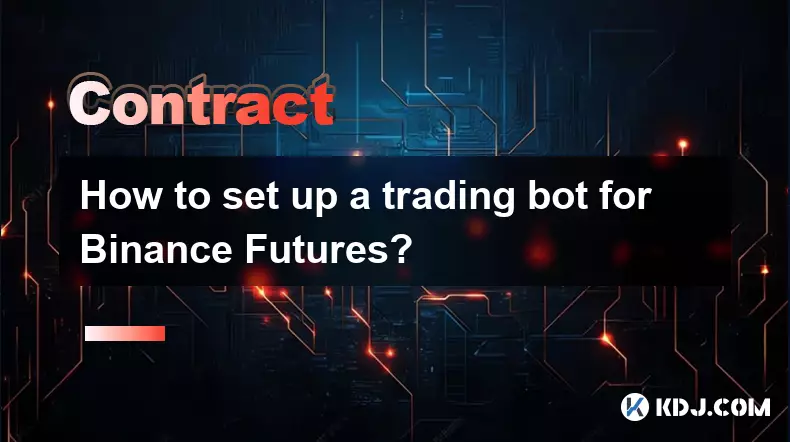
Understanding Binance Futures and Bot Integration
1. Binance Futures allows traders to speculate on cryptocurrency price movements using leverage. To automate trading strategies on this platform, a trading bot can be configured to execute orders based on predefined rules. The integration relies on API keys generated from your Binance account, which grant the bot permission to interact with your futures wallet.
2. Before setting up any bot, ensure your Binance account has two-factor authentication (2FA) enabled. This adds a layer of security when generating API keys. Navigate to the API management section in your Binance profile and create a new API key pair. Assign a descriptive name and restrict permissions to only what the bot requires—typically trading permissions without withdrawal access.
3. Some trading bots support direct integration with Binance Futures through their user interface. Others require manual configuration using endpoints and authentication protocols. The REST and WebSocket APIs provided by Binance allow bots to fetch market data, place orders, and monitor positions in real time.
4. It is critical to understand the difference between the spot and futures APIs. Binance operates separate endpoints for futures trading. When configuring your bot, ensure it connects to the futures API domain (fapi.binance.com) rather than the spot trading domain. Misconfiguration here can lead to failed requests or unintended behavior.
5. Test your setup using Binance’s testnet environment. This sandbox version of Binance Futures allows you to simulate trades without risking real funds. Most bots support testnet mode, enabling you to validate order execution, strategy logic, and risk parameters before going live.
Selecting the Right Trading Bot Platform
1. Several bot platforms support Binance Futures, including 3Commas, Gunbot, HaasBot, and custom solutions built with Python libraries like CCXT. Evaluate each platform based on supported order types, technical indicators, risk management tools, and community support.
2. Open-source bots offer transparency and customization but require technical expertise to deploy and maintain. Closed-source platforms often provide user-friendly dashboards and customer support but may limit flexibility. Choose based on your comfort level with coding and system administration.
3. Ensure the bot supports key features such as trailing stops, take-profit levels, and leverage adjustment. These are essential for managing risk in leveraged futures trading. Some bots also allow backtesting against historical data, which helps refine strategies before deployment.
4. Check whether the bot provider has a history of security breaches or unauthorized access incidents. Since the bot will have trading authority via your API key, a compromised platform could lead to significant losses. Look for platforms that offer IP whitelisting and API key restrictions.
5. Consider the cost of the bot service. Pricing models vary from one-time purchases to monthly subscriptions. Factor in additional costs such as VPS hosting if running the bot on a dedicated server for uninterrupted operation.
Configuring Strategy Parameters and Risk Controls
1. Define your trading strategy clearly before configuring the bot. Common approaches include trend following, mean reversion, arbitrage, and scalping. Each strategy requires different settings for entry triggers, position sizing, and exit conditions.
2. Set appropriate leverage through the bot interface or API commands. Binance Futures allows up to 125x leverage on certain pairs, but high leverage increases liquidation risk. Most automated strategies perform better with conservative leverage between 5x and 20x.
3. Implement stop-loss and take-profit levels for every trade. These can be fixed percentages or dynamic values based on volatility indicators like ATR. Enabling auto-stop features reduces the chance of catastrophic losses during sudden market swings.
4. Use position sizing rules to limit exposure per trade. For example, allocate no more than 2% of your futures balance to a single position. This prevents over-concentration and improves long-term survivability in volatile markets.
5. Monitor funding rates if trading perpetual contracts. High or negative funding can erode profits over time, especially in sideways markets. Some advanced bots include filters to avoid entering positions when funding rates exceed a set threshold.
Monitoring Performance and Adjusting Settings
1. Once the bot is live, continuously review its performance metrics. Track win rate, average profit per trade, maximum drawdown, and frequency of trades. Consistent small gains with controlled losses are preferable to erratic returns.
2. Log all API calls and trade executions for audit purposes. This helps identify errors, latency issues, or unexpected behavior. Many bots offer built-in logging; ensure it captures timestamps, order IDs, and response codes from Binance.
3. Adjust strategy parameters based on changing market conditions. A bot tuned for trending markets may underperform during consolidation. Regularly reassess indicators, timeframes, and risk thresholds to maintain effectiveness.
4. Avoid over-optimizing based on past data. Curve-fitting a strategy too closely to historical performance can result in poor real-world results. Focus on robustness across multiple market regimes rather than peak backtested returns.
5. Schedule periodic maintenance checks. Restart the bot process, update software dependencies, and verify API connectivity. Downtime or silent failures can lead to missed opportunities or unmanaged open positions.
Frequently Asked Questions
Can I use the same API key for both spot and futures trading bots?Yes, a single API key can be used for both spot and futures if permissions are enabled for both. However, it is safer to create separate keys to limit exposure and track usage independently.
What happens if my bot loses internet connection?If the bot disconnects, it cannot place new orders or manage existing positions. Open trades remain active on Binance. Using a VPS with high uptime minimizes this risk.
Does Binance charge extra fees for bot trading?No, Binance applies the same fee structure regardless of whether trades are manual or automated. Fees depend on your trading volume and whether you are a maker or taker.
Can I run multiple bots on the same Binance account?Technically yes, but doing so increases complexity and the risk of conflicting orders. It can also trigger rate limits if combined API calls exceed Binance’s thresholds.
Disclaimer:info@kdj.com
The information provided is not trading advice. kdj.com does not assume any responsibility for any investments made based on the information provided in this article. Cryptocurrencies are highly volatile and it is highly recommended that you invest with caution after thorough research!
If you believe that the content used on this website infringes your copyright, please contact us immediately (info@kdj.com) and we will delete it promptly.
- BullZilla ($BZIL): Riding the Meme Coin Wave with Presale Price Potential
- 2025-09-06 06:45:14
- Bitcoin Whale Awakens: $10 Billion Ethereum Shift?
- 2025-09-06 06:25:11
- Cardano, Pi Network, and Presale Altcoins: What's the Buzz?
- 2025-09-06 04:45:15
- Bitcoin Hashrate, Price, and ATH: Navigating the Crypto Landscape
- 2025-09-06 04:30:12
- Tokens to Watch: Market Cap Projections for 2026
- 2025-09-06 05:05:13
- XRP, Trading Volume, and PayFi Altcoins: What's the Haps?
- 2025-09-06 04:50:12
Related knowledge

What to do if you are about to be liquidated?
Sep 06,2025 at 01:00am
Understanding Liquidation in the Crypto Market1. Liquidation occurs when a trader’s margin balance falls below the required maintenance margin, forcin...
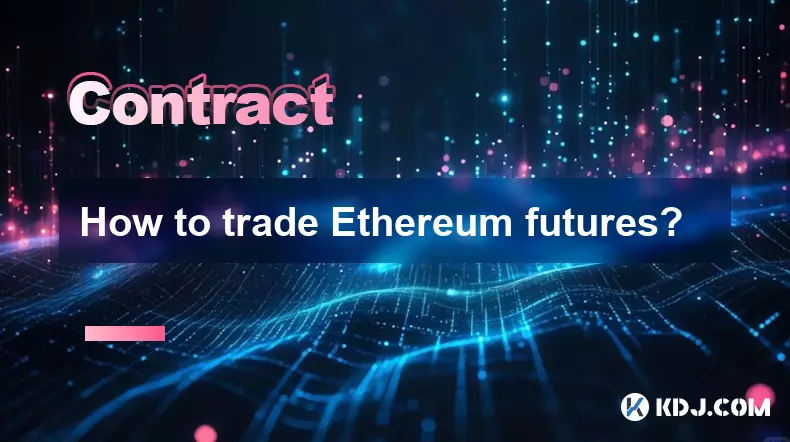
How to trade Ethereum futures?
Sep 05,2025 at 03:54pm
Understanding Ethereum Futures Basics1. Ethereum futures are financial derivatives that allow traders to speculate on the future price of ETH without ...
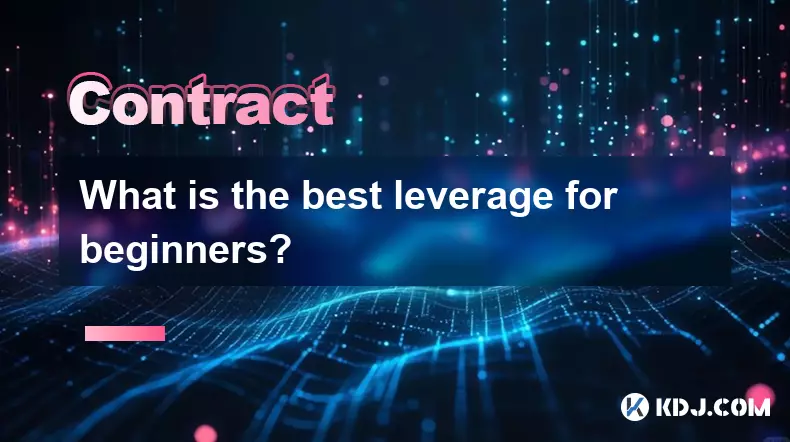
What is the best leverage for beginners?
Sep 06,2025 at 02:37am
Understanding Leverage in Cryptocurrency Trading1. Leverage allows traders to borrow funds to increase their position size beyond their available capi...
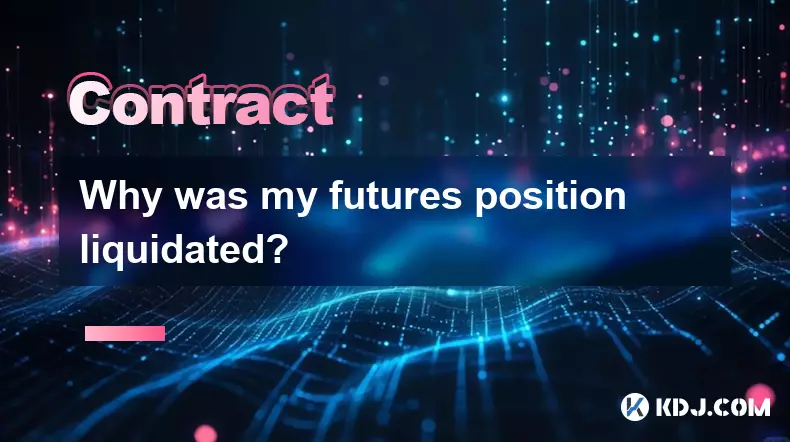
Why was my futures position liquidated?
Sep 06,2025 at 12:18am
Decentralized Exchanges and Their Impact on Crypto Trading1. Decentralized exchanges (DEXs) have reshaped the way users interact with digital assets b...
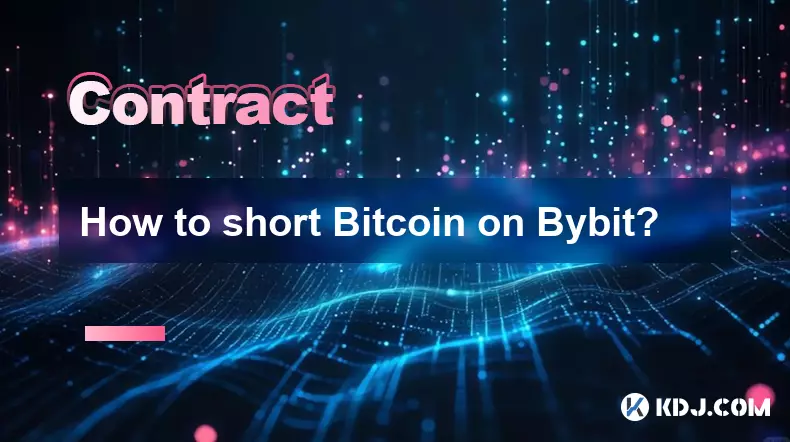
How to short Bitcoin on Bybit?
Sep 06,2025 at 04:36am
Understanding Short Selling on Bybit1. Short selling Bitcoin on Bybit allows traders to profit from price declines. This strategy involves borrowing B...
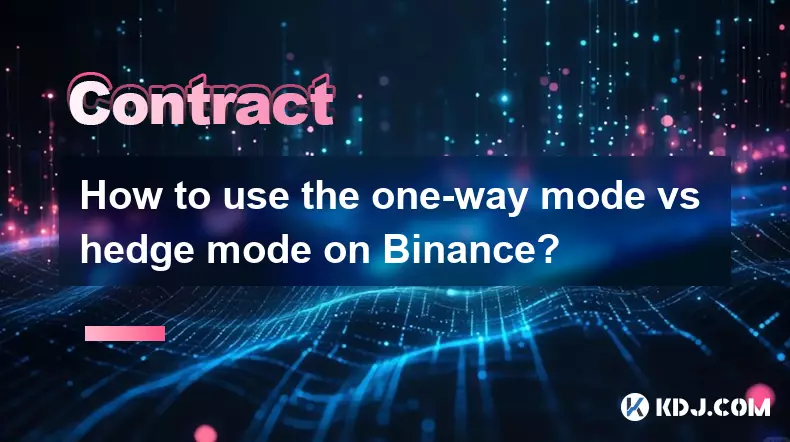
How to use the one-way mode vs hedge mode on Binance?
Sep 06,2025 at 07:54am
Understanding One-Way Mode on Binance1. One-way mode functions as a linear trading system where each position is independent and directional. Traders ...

What to do if you are about to be liquidated?
Sep 06,2025 at 01:00am
Understanding Liquidation in the Crypto Market1. Liquidation occurs when a trader’s margin balance falls below the required maintenance margin, forcin...

How to trade Ethereum futures?
Sep 05,2025 at 03:54pm
Understanding Ethereum Futures Basics1. Ethereum futures are financial derivatives that allow traders to speculate on the future price of ETH without ...

What is the best leverage for beginners?
Sep 06,2025 at 02:37am
Understanding Leverage in Cryptocurrency Trading1. Leverage allows traders to borrow funds to increase their position size beyond their available capi...

Why was my futures position liquidated?
Sep 06,2025 at 12:18am
Decentralized Exchanges and Their Impact on Crypto Trading1. Decentralized exchanges (DEXs) have reshaped the way users interact with digital assets b...

How to short Bitcoin on Bybit?
Sep 06,2025 at 04:36am
Understanding Short Selling on Bybit1. Short selling Bitcoin on Bybit allows traders to profit from price declines. This strategy involves borrowing B...

How to use the one-way mode vs hedge mode on Binance?
Sep 06,2025 at 07:54am
Understanding One-Way Mode on Binance1. One-way mode functions as a linear trading system where each position is independent and directional. Traders ...
See all articles





















